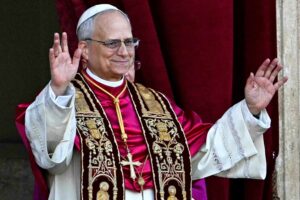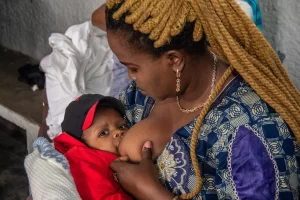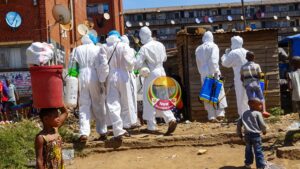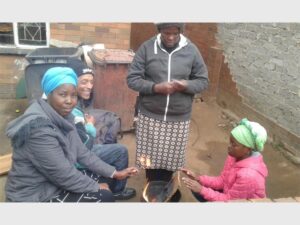On the 1st of June each year, Bulawayo celebrates Bulawayo Day commemorating the day on which it attained town status. It had its first municipal council of 9 elected members in November 1897. Bulawayo became a city under Proclamation 41 on 4 November 1943.
Its history dates back to pre-colonial times. In 1870, King Lobengula established Old Bulawayo as his capital after the death of his father King Mzilikazi in 1868. In 1881, after 11 years of occupation, Lobengula moved his capital to what is now the modern city of Bulawayo. He ordered the destruction of the old settlement by fire. On 4 November 1893, it was occupied by the Pioneer Column.
The name originally called ko Bulawayo is a locative, generally interpreted as the place of slaughter or the place of killing or the place of the persecuted one.
Here are some random facts about the Bulawayo Metropolitan Province, according to the 2022 Zimbabwe census:
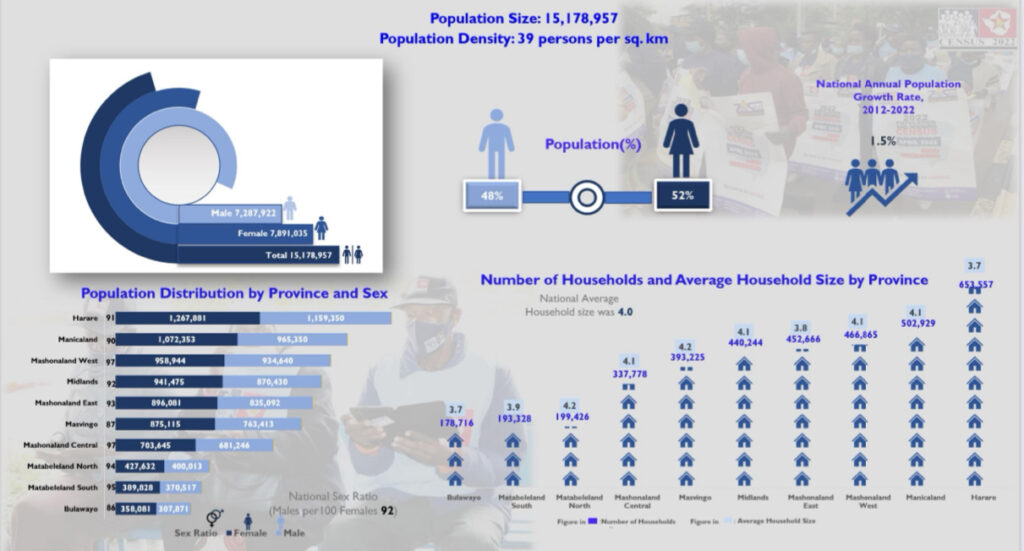
665, 592 – the number of people in Bulawayo. This makes up 4.4% of the nation’s population.
1,390 – number of people per sq km.
262,547 – number of people aged 0-17 years in the city.
403,405 – number of people aged +18 years in the city.
86 – is the number of males in the city per 100 females.
0.2 – percentage by which the city’s population has grown since the 2012 census.
178,716 households – number of households in the city. 21.7% of these households have family members who have emigrated.
3.7 – number of people per household.
57.4% – percentage of households headed by males.
23,062 – number of Bulawayo residents who were born out of the country. 17,840 of these were born in South Africa.
91.3 – percentage of registered births in the city. Bulawayo has the largest proportion of registered births in the country.
6.4 – percentage of economically active (total number of people between the ages of 15 and 64 who are willing and able to work) Zimbabweans resident in Bulawayo. Bulawayo ranks 8th in the country, only faring better than Matabeleland South and North.
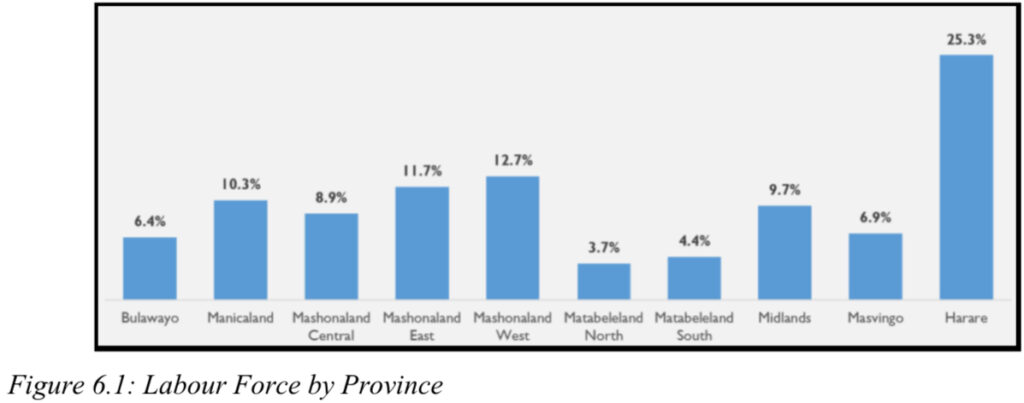
6.4 – percentage of employed Zimbabweans resident in Bulawayo.
14.5 – strict unemployment rate percentage in Bulawayo. National average is 14.8%.
26.7 – percentage of young people unemployed. Bulawayo has the second highest unemployment rate for young people, behind Mat North with 31.1%. Harare has the lowest with 19.9%.
3.7 – percentage of women married before the age of 18. Bulawayo has the lowest proportion of women aged 20-24 who were married before the age of 18 at 3.7%. In contrast, Mashonaland Central has the highest at 30.6%
6.4 – the number of deaths per 1000 women. Bulawayo has the lowest lifetime risk of maternal mortality at 6.4 deaths per 1000 women against a national average of 14.6
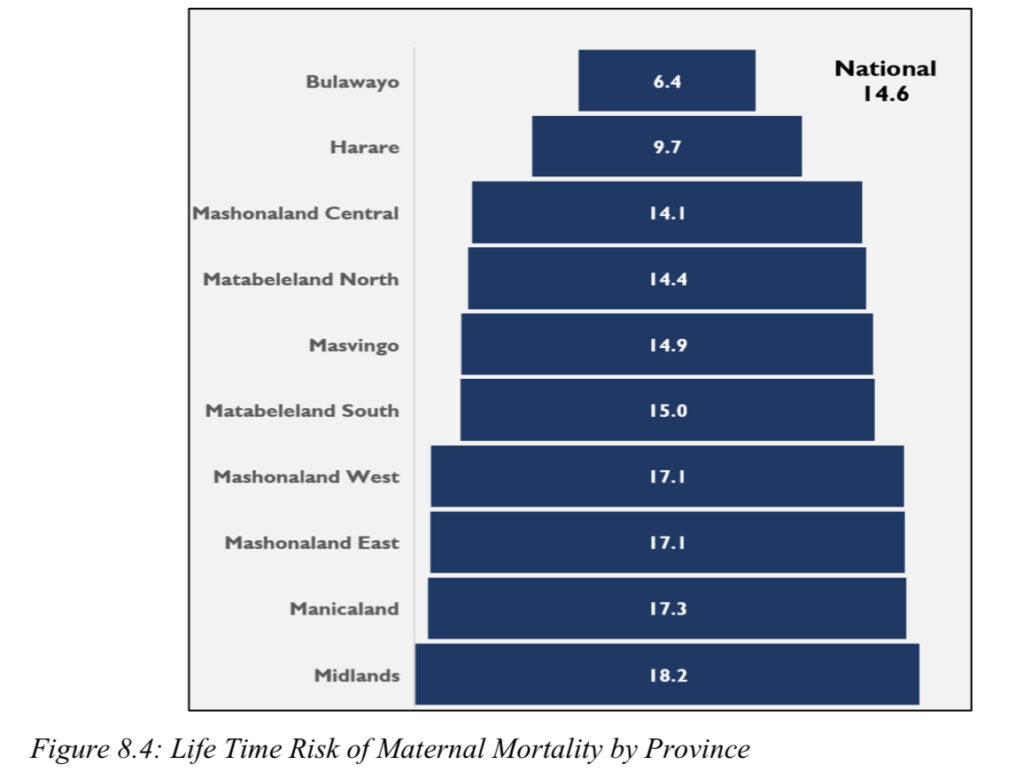
88.7 – percentage of Bulawayo households using grid electricity. The province has the highest proportion of households using grid electricity. Harare stands at 68.8%
